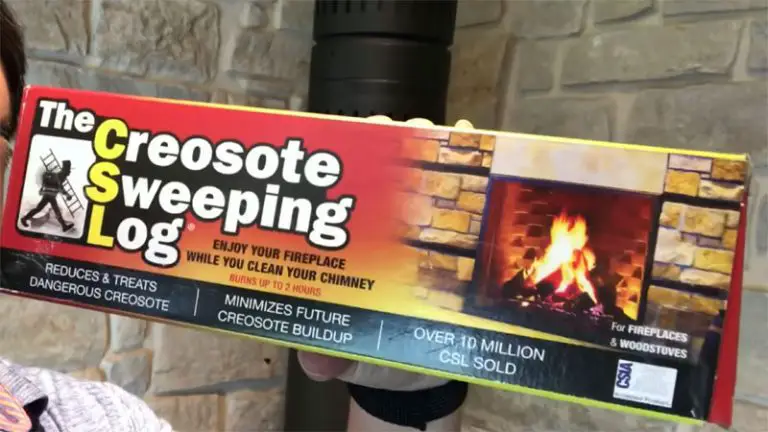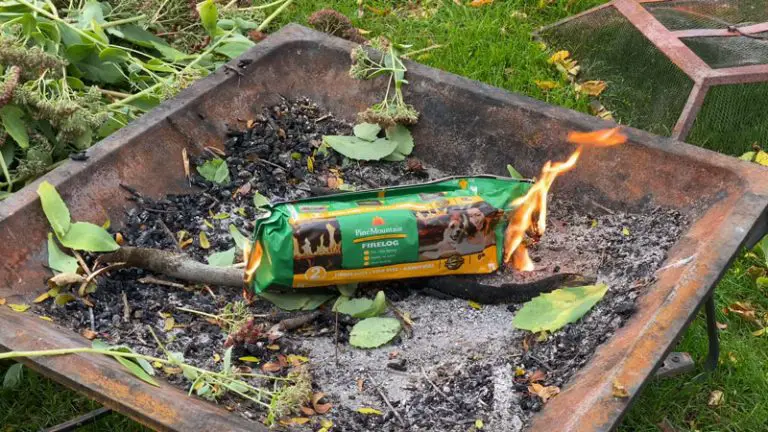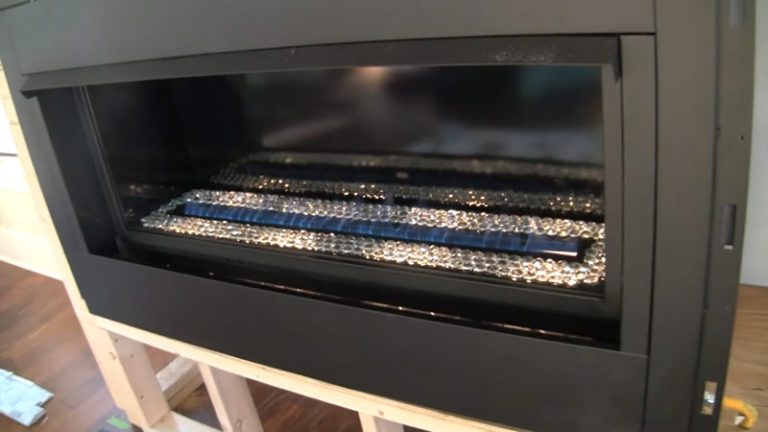How Do Creosote Bushes Make Food

Creosote is a plant-associated fungus that grows on exposed wood. This community provides nutrients to the plant and can cause black areas on branches if wet.
You may see creosote growing microbial communities on trees or other plants, especially near water sources.. There are ways to eliminate or reduce their presence such as keeping your property dry and scrubbing them off regularly with a brush..
If you do notice creosote growth, don’t worry: it’s not harmful and will eventually disappear without causing any damage.
You'll Learn About
How Do Creosote Bushes Make Food?
Creosote and other woody debris can cause black areas on branches and twigs. These communities of microorganisms grow when the plant is deprived of essential nutrients, such as water or sunlight.
If you see creosote growing on a tree, it’s important to determine why it’s there so that you can take steps to prevent its growth in the future. There are ways to eliminate or reduce these microbial communities if they’re causing problems for your plants- like wetting down the area before pruning trees or removing debris regularly.
Creosote Grows A Microbial Community
Creosote bushes act as a food source for microorganisms, which helps decompose organic matter. The microbial community created by the creosote bush breaks down the material into simpler compounds that can be used by other organisms in the ecosystem.
This process is essential for sustaining life in an environment and helps to maintain a healthy balance of flora and fauna. Creosote bushes are important components of natural ecosystems and play an important role in soil conservation. It’s also worth noting that creosote bushes provide shade during hot summer days, reducing energy costs associated with sunlight exposure.
This Community Provides Nutrients To The Plant
Creosote bushes provide nutrients to the plant in a way that other plants cannot. They help spread pollen and water to other nearby plants, which can result in a healthier garden overall.
The creosote bush is an important part of the desert ecology and its removal could have serious consequences for the environment. It takes about three years for a creosote bush to grow from seed to fruition, so please be patient.
If you’re looking for unique plants for your garden, consider adding one of these beauties to your landscape plan.
These Communities Can Cause Black Areas On Branches
Creosote bushes are used to prevent food from spoiling on outdoor surfaces such as patios and decks. The chemicals in creosote help control pests, which can cause black areas on branches.
If you see these black patches, it’s important to remove the bush before it causes further damage. Be sure to clean up any debris that accumulates around the bush after removing it; this will help keep your food safe from spoilage.
Contact a professional if problems persist or if you’ve never dealt with a creosote bush before.
You May See Them If The Branch Is Wet
Creosote bushes are found in areas that receive a lot of rainfall, such as along river banks. When the branches of a creosote bush are wet, they release a toxic chemical called tar into the air.
The chemical can be harmful to humans if breathed in or ingested. Tar is also sticky and will attach itself to your skin if it comes into contact with it- so keep yourself safe. If you see a creosote bush near where you live, be sure to avoid getting close to it and call 911 if necessary.
There Are Ways To Eliminate or Reduce Their Presence
Creosote bushes are a common sight in many parts of the United States, and it can be difficult to eliminate or reduce their presence. There are a few ways to do this: you can use chemical agents such as Roundup or try to chop down the bush manually.
Another option is to remove creosote from around pipes and other vulnerable areas with a degreasing agent such as phosphoric acid.” If all else fails, you could contact an arborist for help removing the bush completely.” Creosote bushes may cause food poisoning if ingested, so it’s important to take precautions when encountering them.”
What does a creosote bush do?
A creosote bush is a type of shrub that grows in arid or desert areas. It produces a resin that is used to seal cracks and joints in wooden buildings, bridges, and other structures.
Creosote bushes can also be used as an animal feed supplement.
Produce certain herbal medicines
The creosote bush has been used for centuries to make various herbal remedies.
The anti-inflammatory properties of the plant make it beneficial for treating rheumatism and general aches and pains.
Viral infections can be treated
Creosote bush is a valuable plant that can help treat viral infections such as colds, flu, and bronchitis. It works by reducing inflammation in the body and helping to soothe symptoms.
Rheumatism and general aches and pains can be treated
Creosote bush is an effective treatment option for rheumatism and other types of chronic pain due to its analgesic properties.
Additionally, its antiviral properties make it helpful when fighting off viruses as well.
How do the leaves of creosote bush help survive?
The leaves of the creosote bush are covered in a sticky resin that helps protect them from the elements and makes them very resistant to fire. This sticky substance also allows the leaves to stick together, which makes it easier for the plant to transport water and nutrients from its root system up into its leaves.
Creosote bush has adaptable leaves that can help it survive in dry conditions. The leaves of creosote bush are able to shrink and expand depending on the amount of water available to them. This allows the plant to get enough moisture during drought periods, while still allowing the plant to grow in drier areas. Creosote bush grows well in dry conditions and can withstand temperature fluctuations of 21°C (70°F) from day to night.
These fluctuations cause little damage or stress to the plants, as they are able to adjust quickly by opening or closing their leaves accordingly. Creosote Bush is a fast-growing shrub that can reach up to 2 meters (6 feet) tall within two years. In fact, this species is so resilient that it is often used as a natural hedgehog in regions with lots of sun and wind exposure such as California’s Central Valley region.
How do you cook creosote bushes?
If you have creosote bushes near your house, there is a way to cook them without using fire. You can use an oven or stovetop to heat the bush until it’s burnt off.
To cook creosote bushes, you will need to soak the seeds overnight and then sow them in a pot. Once they have germinated, thin the seedlings to one per pot and grow them until they develop enough roots to hold the soil together.
Plant directly into loose native soil and irrigate occasionally for one or two years. Soaking the creosote bush seeds will help reduce their toxicity levels. Additionally, soaking will also soften the plant material so that it is easier to burn off during the cooking process.
Is the creosote bush poisonous?
The creosote bush is a shrub that grows in many parts of the United States. People use it to make wood preservative, which is called creosote. Creosote Bush can be poisonous if ingested, so always be careful when working with it and don’t leave any open cans around where children could reach them.
Creosote Bush Is Poisonous To Sheep
The creosote bush is poisonous to sheep. Cattle aren’t affected by the plant, but livestock feed has been derived from it. The leaves are eaten by small mammals and antelope, who then excrete the toxin into the environment.
Livestock Feed Has Been Derived From It
Livestock feed has been derived from the creosote bush because of its waxy coating which contains a powerful antioxidant substance.
This substance helps protect plants against pests and diseases while sparing their water needs during drought conditions.
What is unique about a creosote bush?
Creosote Bush is unique for its tall spines that channel rain down the stem, leaves that are opposite each other on the stem, and branches that root in many places. It’s very different from the creosote buildup in our home.
Creosote bushes can grow into a cone or hemisphere shape and have tall spines to do so. The leaves are opposites on the stem which helps to direct water down through the plant’s system.
Branches root in many different areas, making it one of the most adaptable creosote bush species around.
How does creosote reproduce?
Creosote bushes reproduce through vegetative reproduction- the process of cloning where a section of the creosite bush is cut off and then planted in soil.
Sexual reproduction occurs when pollen from one plant is transferred to another by wind or water droplets- this happens when two plants are close together and share Pollen.
Reproduction takes place during hot, dry weather conditions- which helps promote healthy clonings because it keeps the ground moist and stops competing for plants from taking over areas. There are several different methods used to clone a creosites bush.
Including rooting cuttings taken from near the base of a mature tree, layering (taking multiple cuts) woody material such as sticks or branches, air layering (pouring growth medium over an existing stem), and sprouts (a type of pot that promotes root development).
Reproducing creosotes is important for protecting them since they can become invasive if not kept in check
To Recap
Creosote bushes make food by extracting nutrients from the soil and breaking down cellulose in plant matter. These processes create a sugary liquid that is used to feed other plants or animals.
Creosote bushes are important for nutrient recycling, as they help prevent land erosion and improve soil quality.




